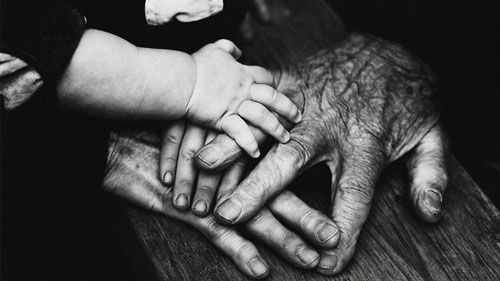A receptor in the membrane of red blood cells is known to promote the release of oxygen from hemoglobin at high altitudes.
A new study in mice found that the same receptor mitigates the cognitive decline and hearing loss associated with aging by improving oxygen supply to tissues.
The discovery provides potential targets for new anti-aging drugs.
Between 1960 and 2015, average life expectancy at birth increased by a decade in the United States, from 70 to 79 years of age, and is expected to rise still further.
While this reflects the success of modern medicine, it also means that an increasing proportion of the population has to live with the physical and cognitive deterioration that comes with old age. Finding new ways to help people age well, and not just live longer, has become a priority.
One clue to achieving this lies in the idea that aging is accompanied by a decrease in the supply of oxygen to tissues.
Researchers suggest that this triggers immune changes that promote chronic inflammation, which is linked to almost all conditions of old age.
Among the many potential consequences of this “inflammaging” could be cognitive decline and hearing loss.
There is, however, evidence that improving oxygen supply can reverse some cellular signs of aging.
For example, one small study found that hyperbaric oxygen therapy, which is a treatment that involves breathing almost pure oxygen, appeared to rejuvenate immune cells in older adults.
Another study found that red blood cells respond to the low-oxygen conditions of high altitudes by increasing the amount of oxygen they deliver to tissues.
They do this through increased signaling by a receptor in their membrane, known as the adenosine receptor A2B or ADORA2B, which promotes the release of oxygen by hemoglobin.
Aging in general, but particularly some neurodegenerative conditions such as Alzheimer’s disease, is associated with reduced activity in the same metabolic pathway.
Now, research in mice led by the University of Texas McGovern Medical School in Houston has found that ADORA2B also appears to stave off some of the effects of aging by increasing oxygen supply to tissues.










